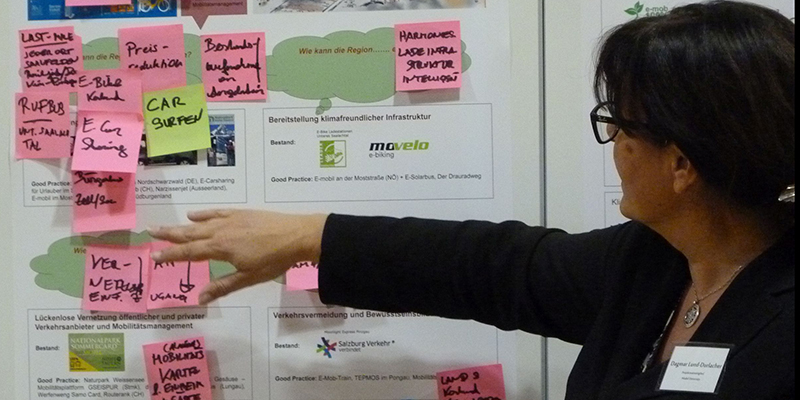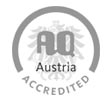VorTEIL project focuses on sustainable, mobility-optimized and energy-efficient tourism
August 09, 2017
The Austrian tourism sector is one of the most important employers and value-added companies in the country, especially in rural areas. The direct and indirect total tourist value contribution amounted to 7.1%, and including leisure activities to 13.5%, of the Austrian GDP. However, many tourism regions and businesses are faced with major challenges such as structural renewal, and snow safety and supply diversification, while at the same time reducing operating and energy costs.
The recently concluded collaborative research project VorTEIL „Vorzeigeregion Tourismus – Energietechnologien & Innovationen leben!“, which was funded by the FTI initiative "Vorzeigeregion Energie" by the Austrian Climate and Energy Fund, offered an excellent interdisciplinary collaboration between the Austrian Institute of Technology, MitPLAN and MODUL University Vienna.
MU’s contribution involved an interdepartmental study, in which faculty from the Department of Tourism and Service Management contributed their expertise in sustainable tourism and members of the Department of Public Governance and Sustainable Development drew on their knowledge in governance issues in sustainable development at different spatial levels.
The project team initiated a process that involved all relevant stakeholders to define requirements for a sustainable, mobility-optimized and energy-efficient tourism presence in the province of Salzburg which has shown significant interest in sustainable development and slow tourism. The Pinzgau region is one of the most popular tourism destinations in Austria, home to both the well-known national park Hohe Tauern and the major ski resort Skicircus Saalbach-Hinterglemm-Leogang-Fieberbrunn.
The aim of the project was to set up the framework to showcase tourism, bringing together the stakeholders of tourism companies and organizations with stakeholders from the energy industry as well as Austrian technology providers, to jointly develop a vision and concepts for an energy-efficient and resource-saving future of the domestic tourism industry and to further develop the application of innovative technologies and services.
The MU team organized two workshops in the region with all the relevant regional stakeholders and technology providers and worked out a detailed status-quo analysis about the opportunities and threats in the region.
A major project task consisted of assessing the regional actors' networks and constellations, to identify leading companies and key actors and to mobilize them for active cooperation in the process. It also became clear that the mountain railways are key central regional stakeholders with a high potential for innovation in the energy sector and strong networking with other tourism operators.
In the course of the project, a focus was placed on the leading companies running the regional mountain railways, and a deepening of the competence of these large-scale consumers (snowmaking, slope preparation, cable car operation, mobility to and from slopes, mountain huts).
The need for a more flexible energy supply and energy utilization system was also identified, which allows optimized management of load peaks and better integration of locally available, renewable energy. This also includes an increase in energy efficiency in the tourism enterprises (cable cars, hotel industry, gastronomy, etc.) through process optimization, heat pumps, more efficient drives and systems, and the like.
The basis for process optimization in the individual companies, and thus for an improved energy management, is the recording of individual energy characteristics by improved energy monitoring and smart data, which can ultimately be aggregated for the definition and representation of regional energy characteristics.
Energy optimization of a ski area or a whole ski region leads to a win-win situation for the environment, tourism companies and energy suppliers. This will have a positive impact on other stakeholders, population and tourists. The findings from the pilot project will contribute to further project work on mobility research programs and on the pre-energy region.





